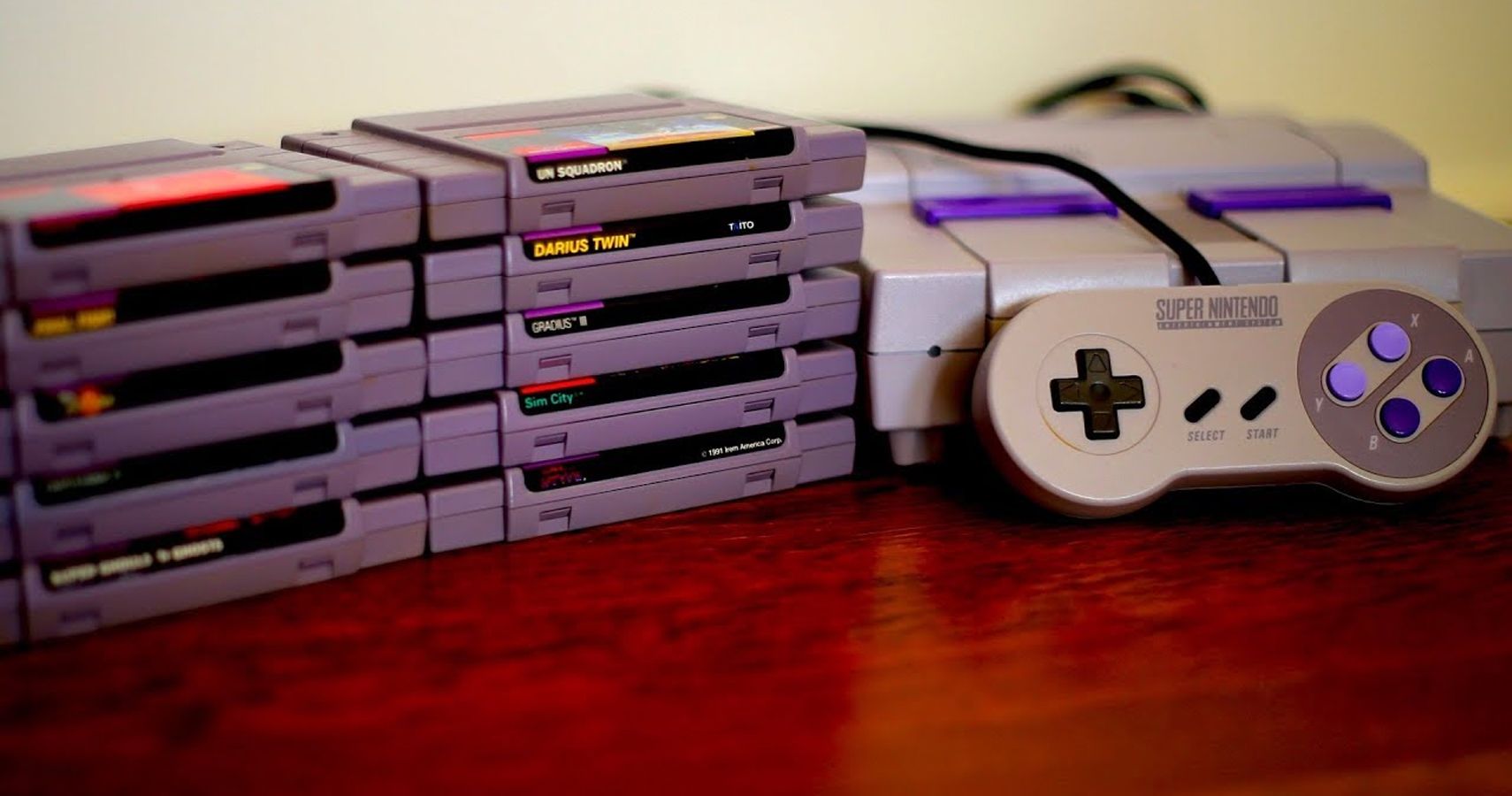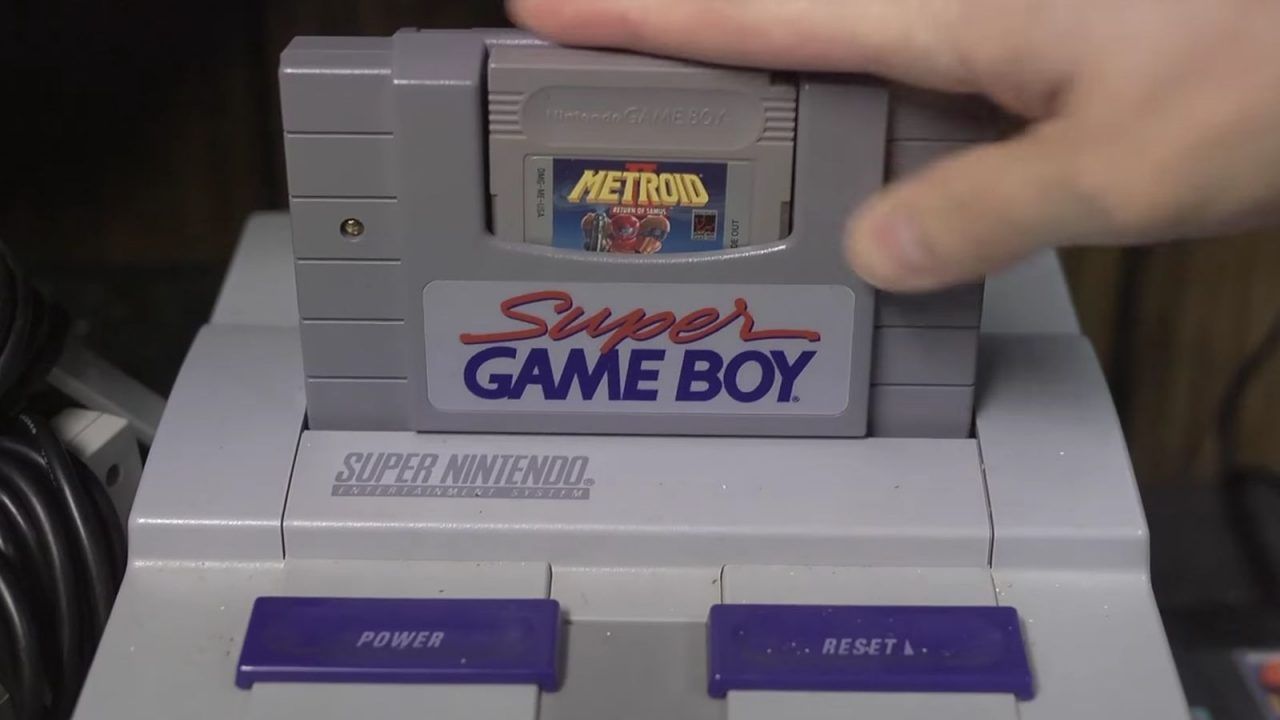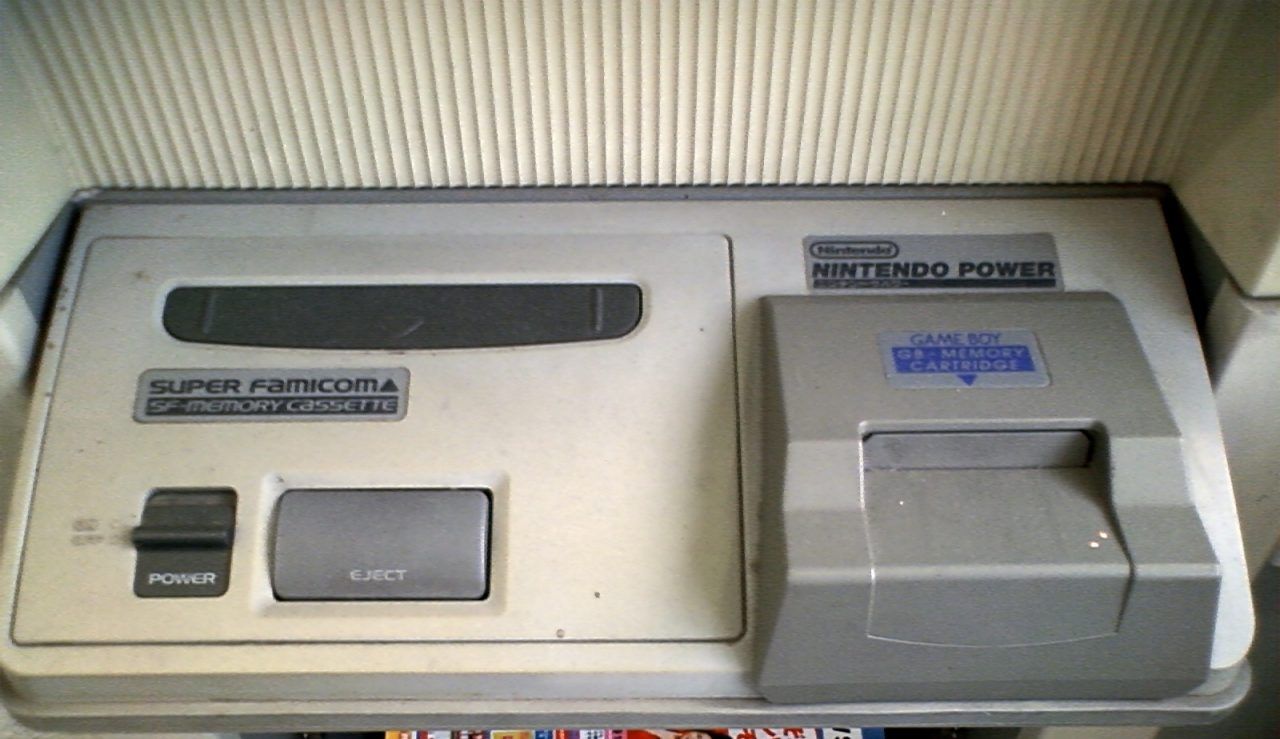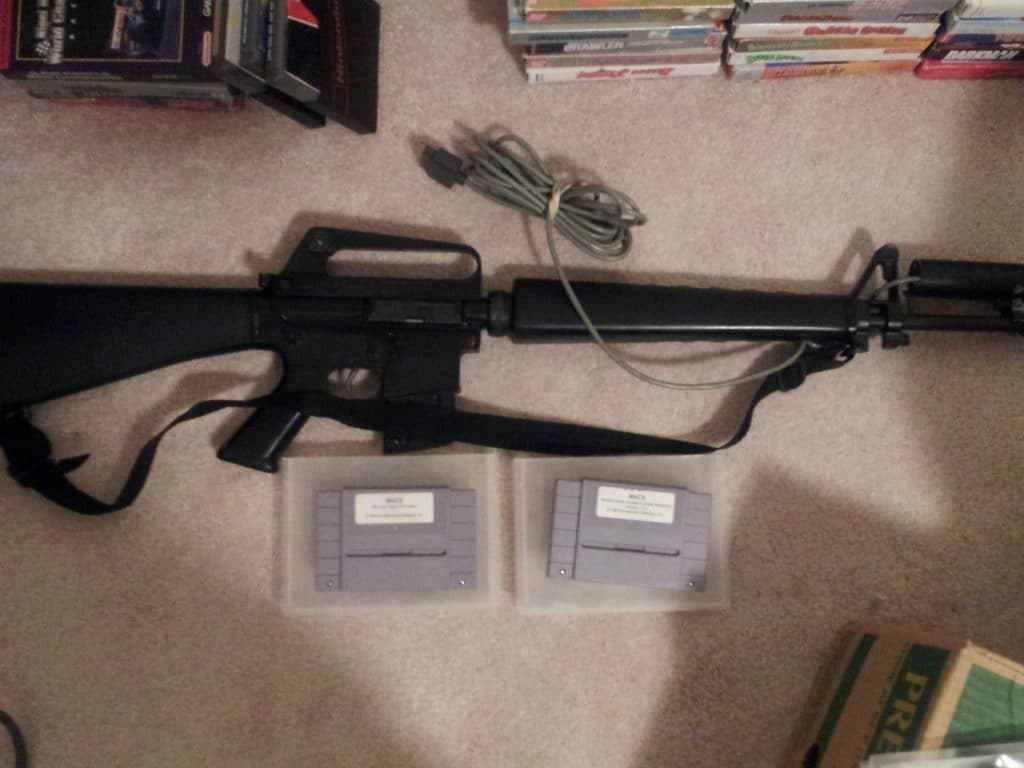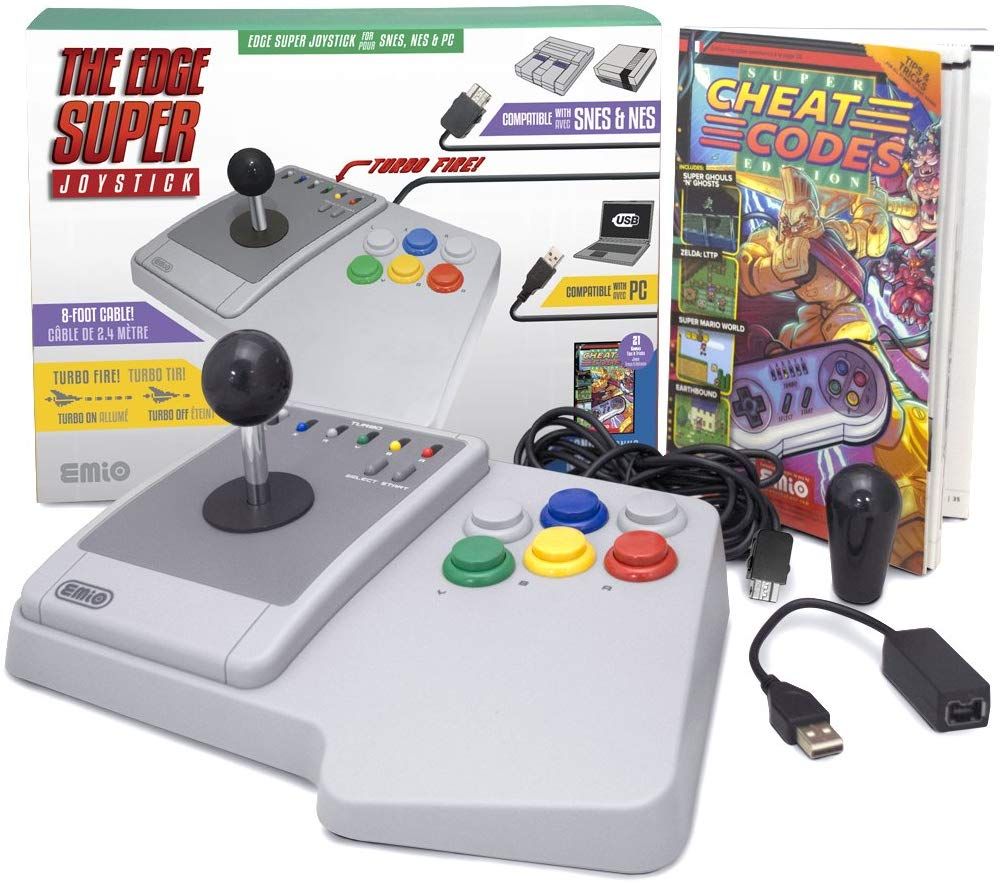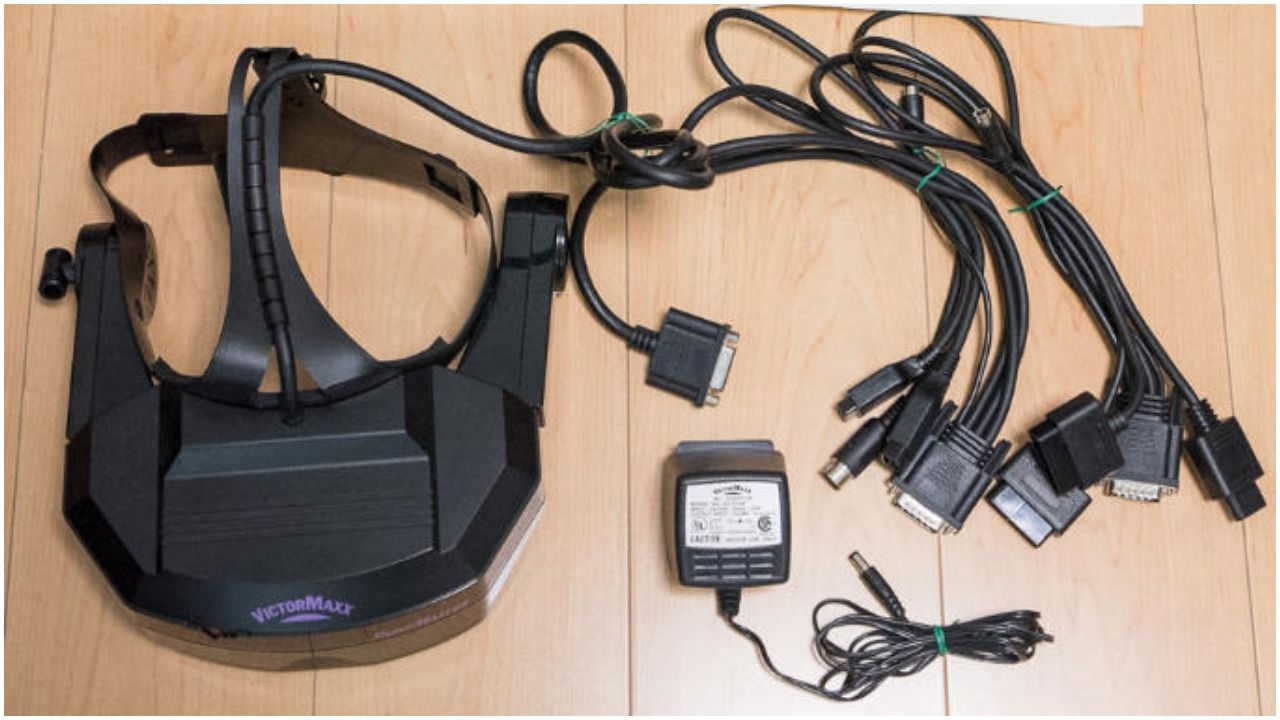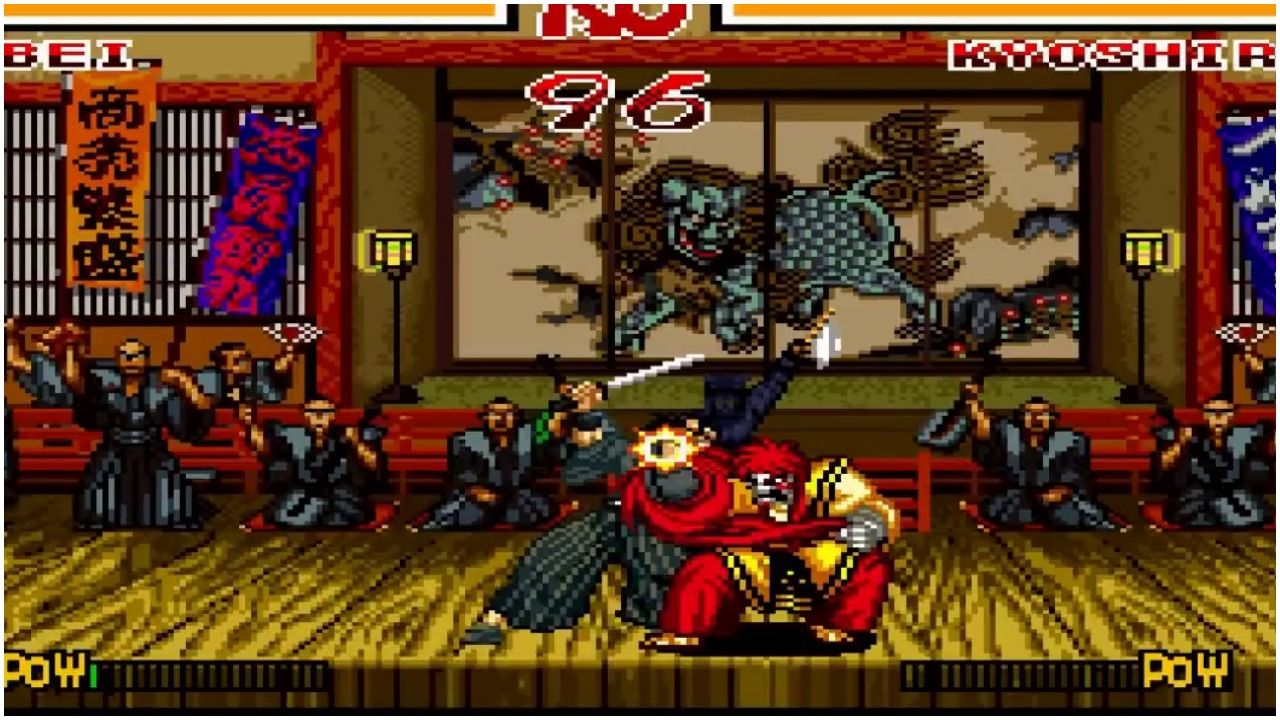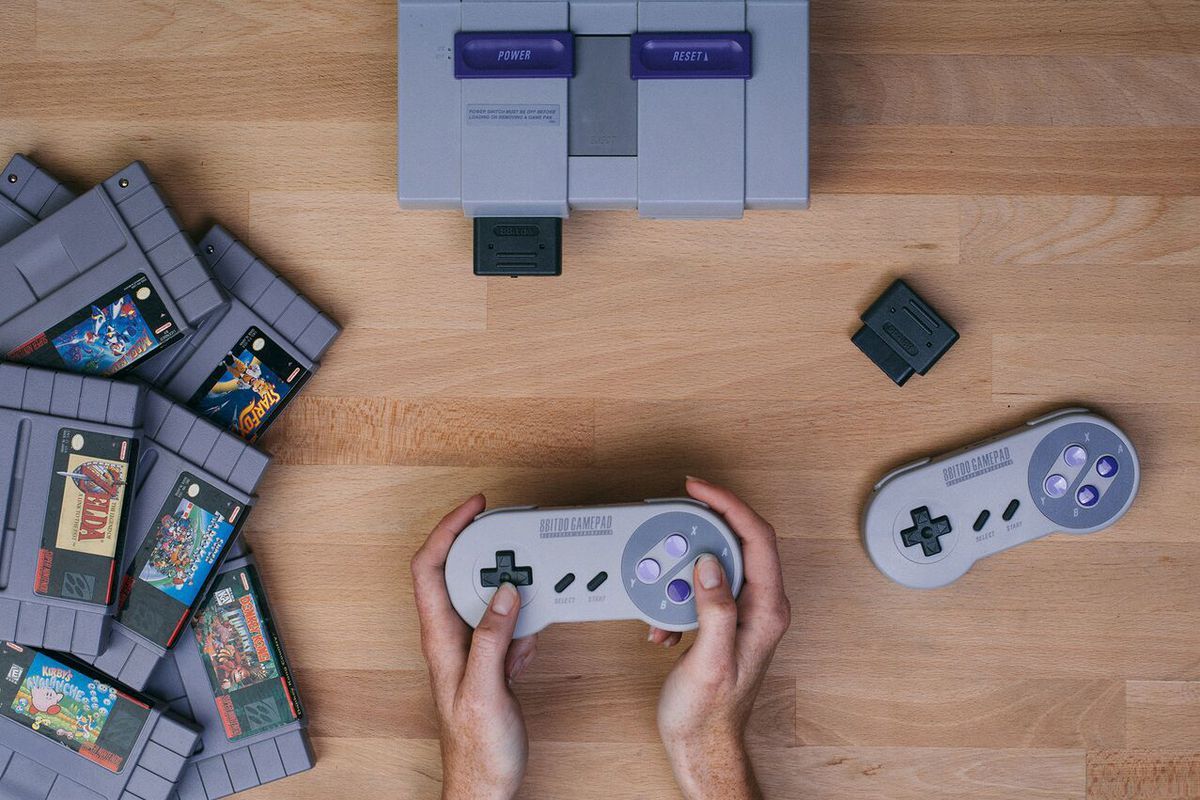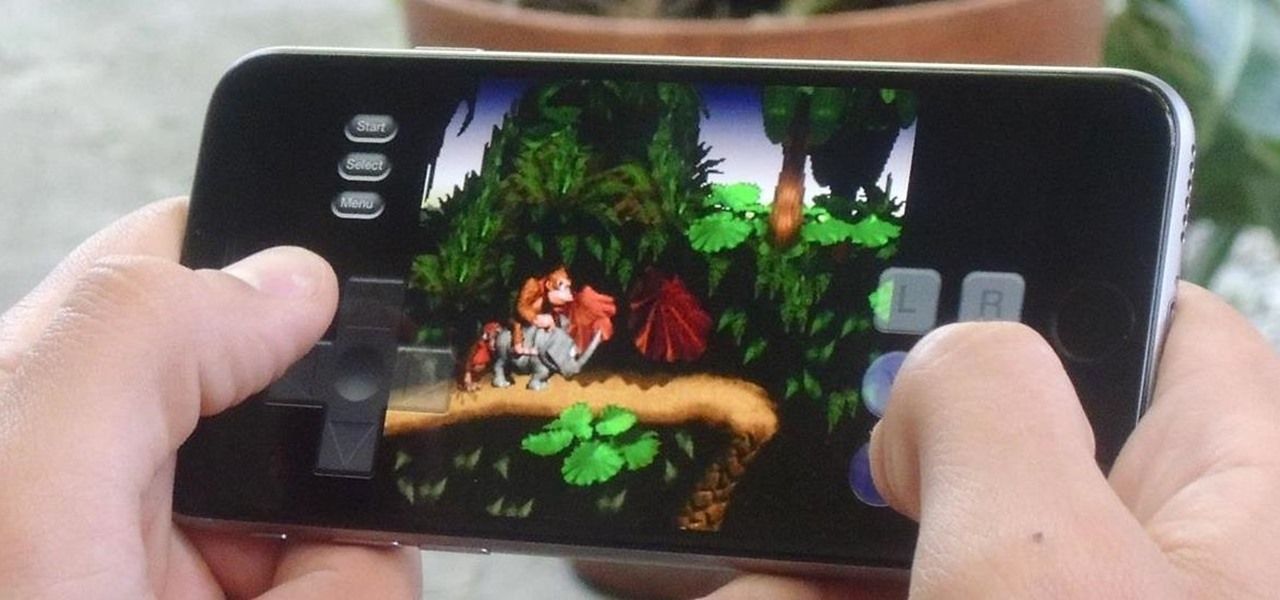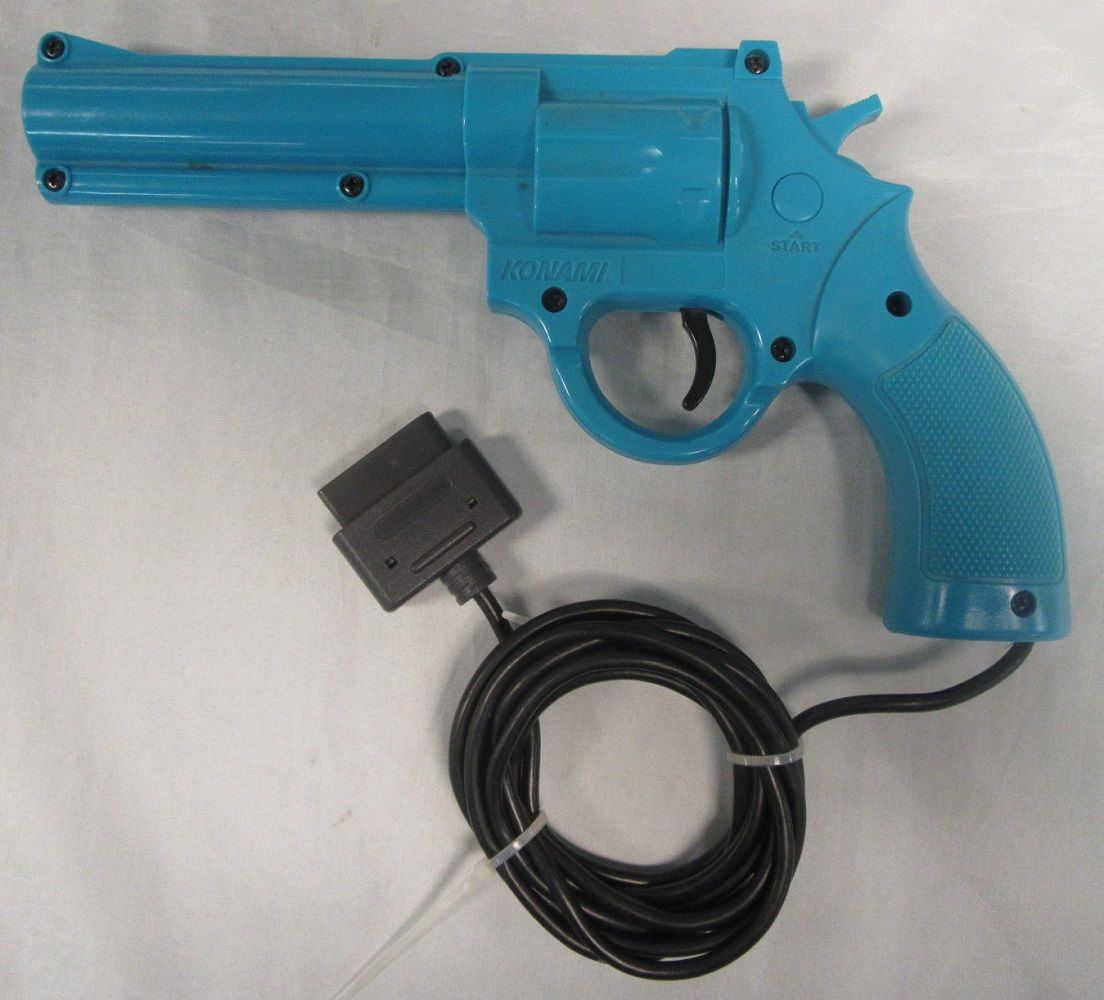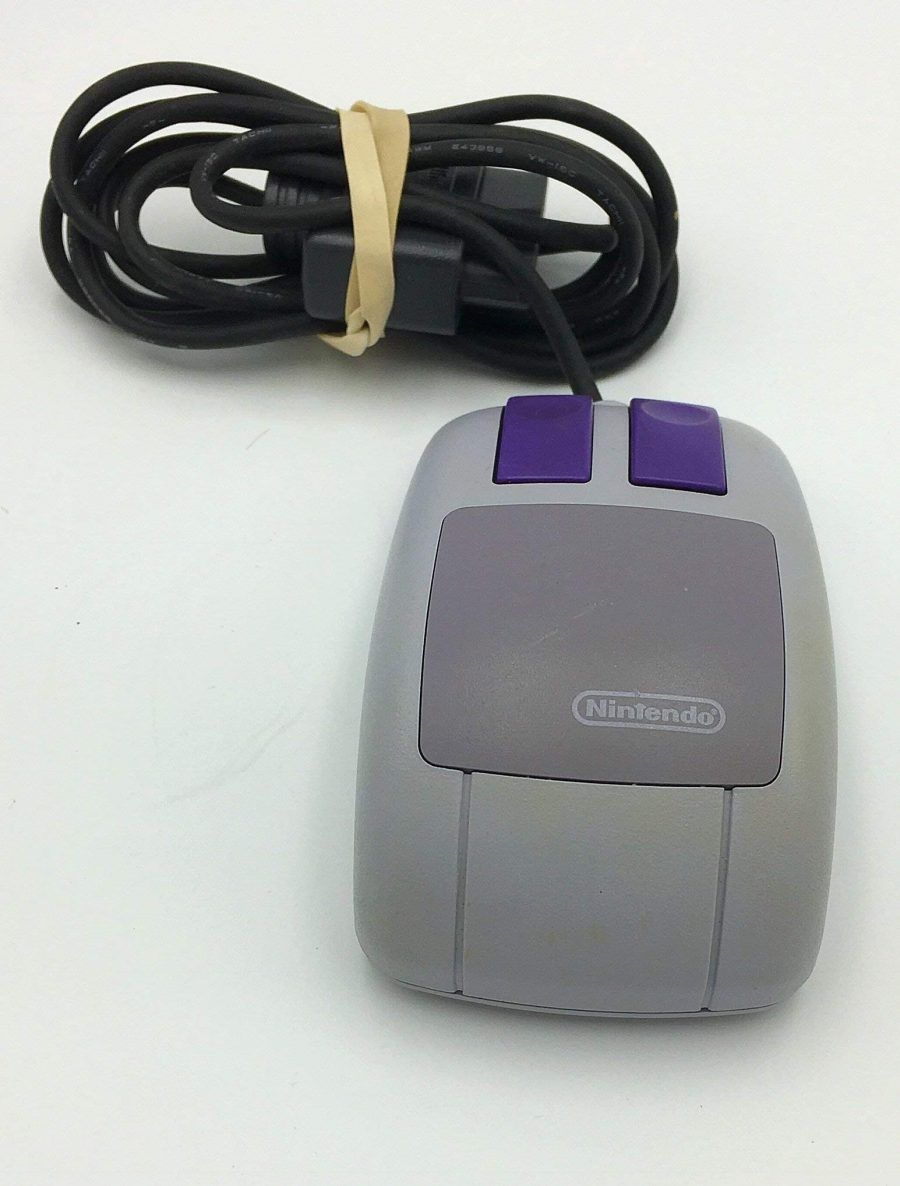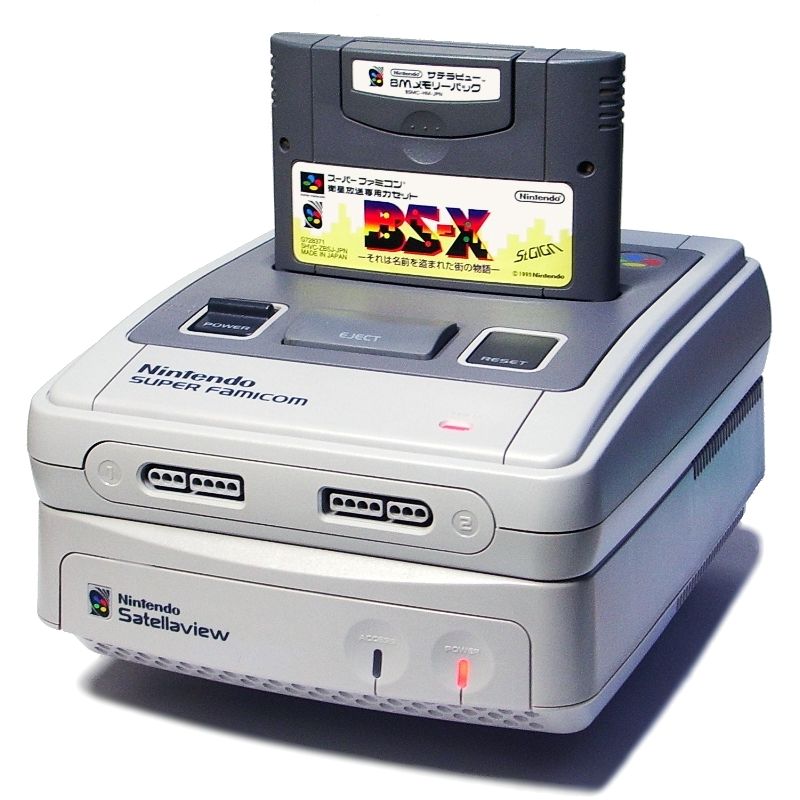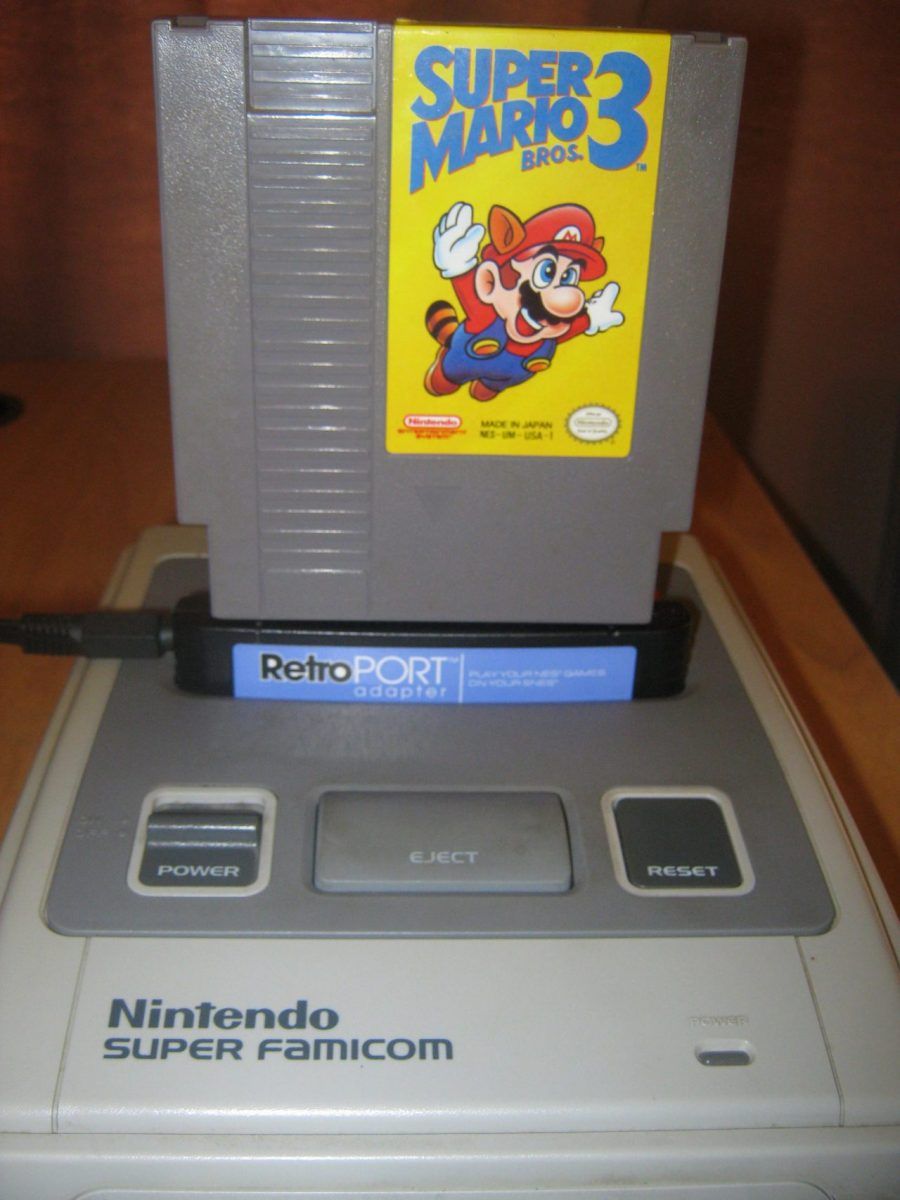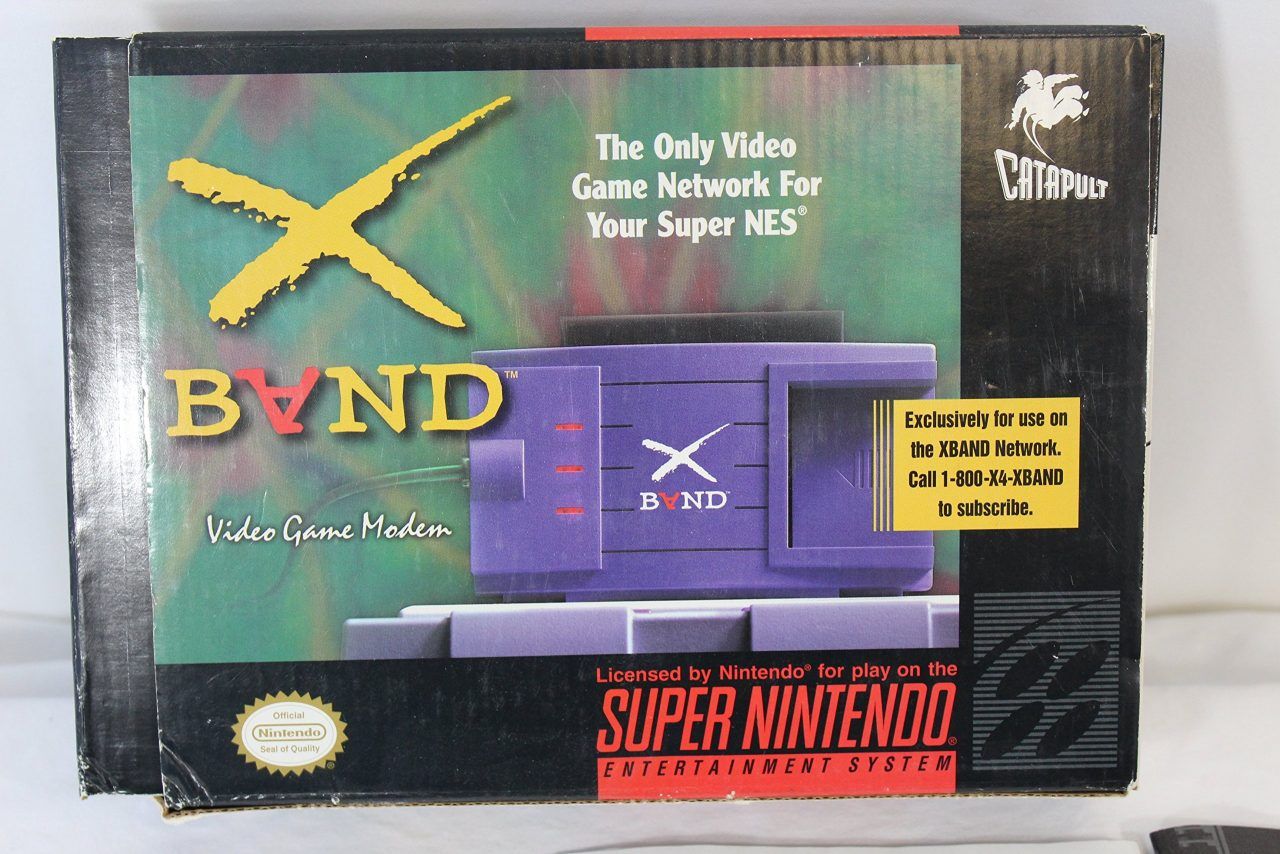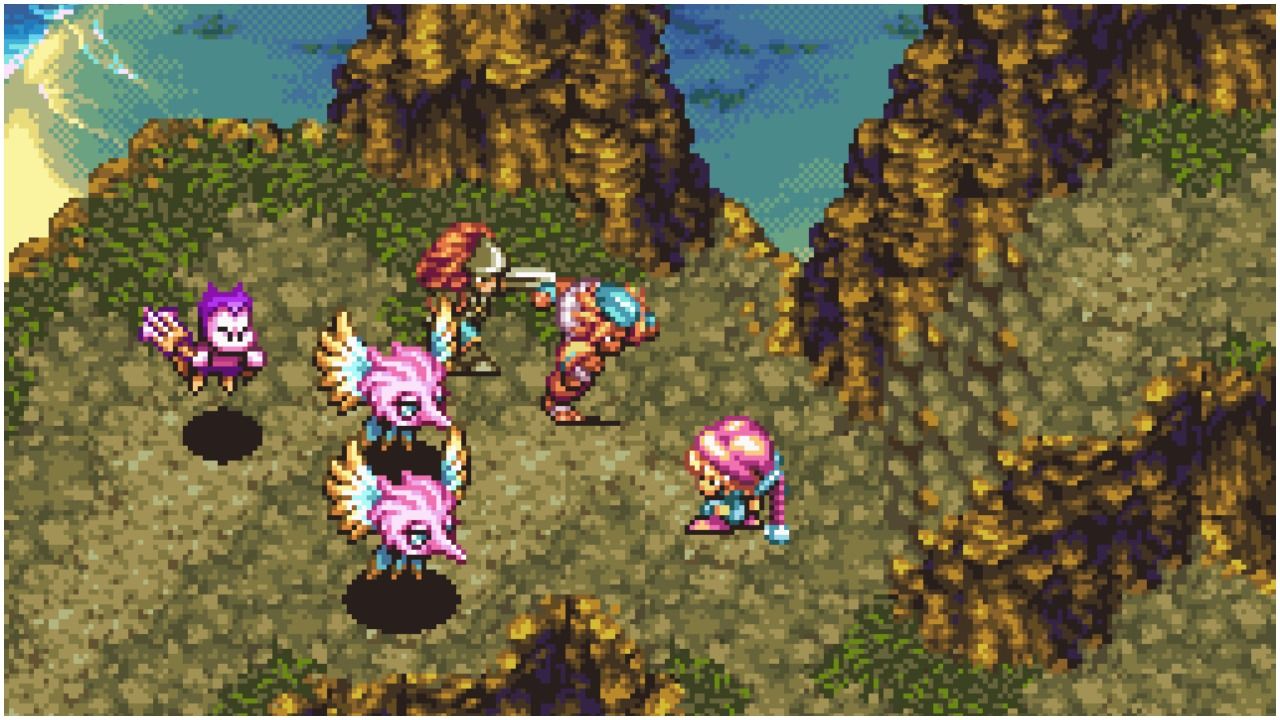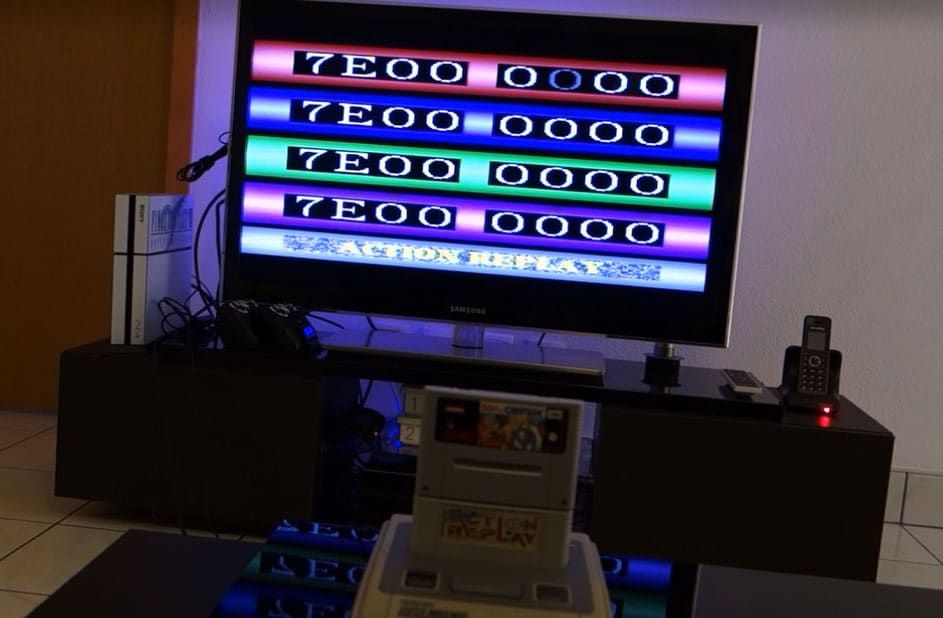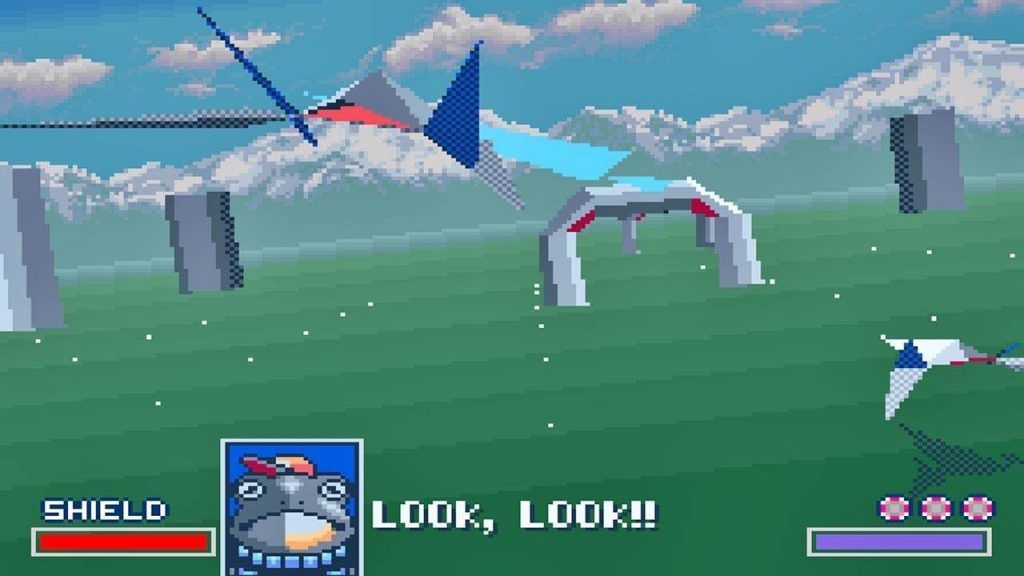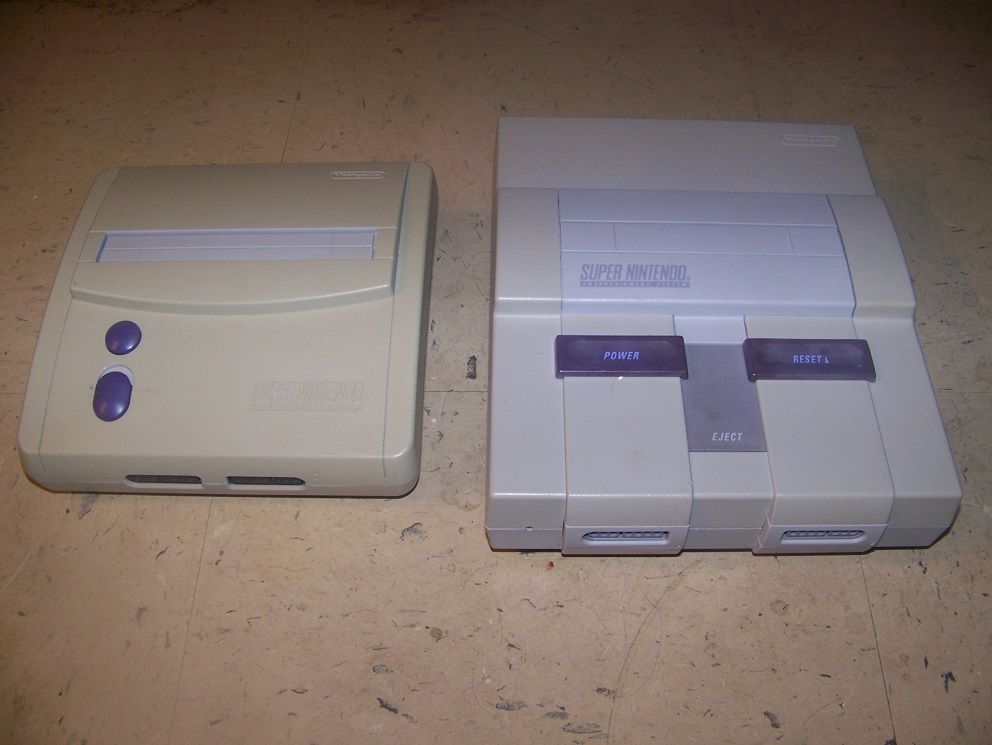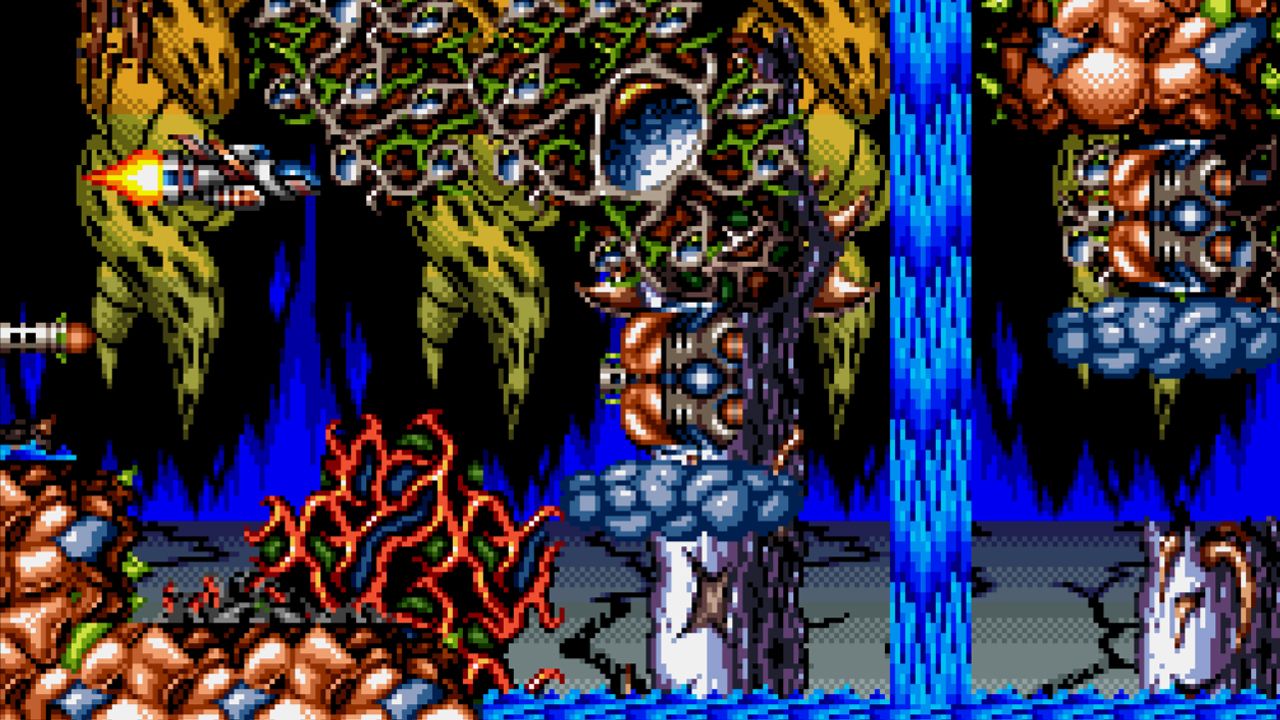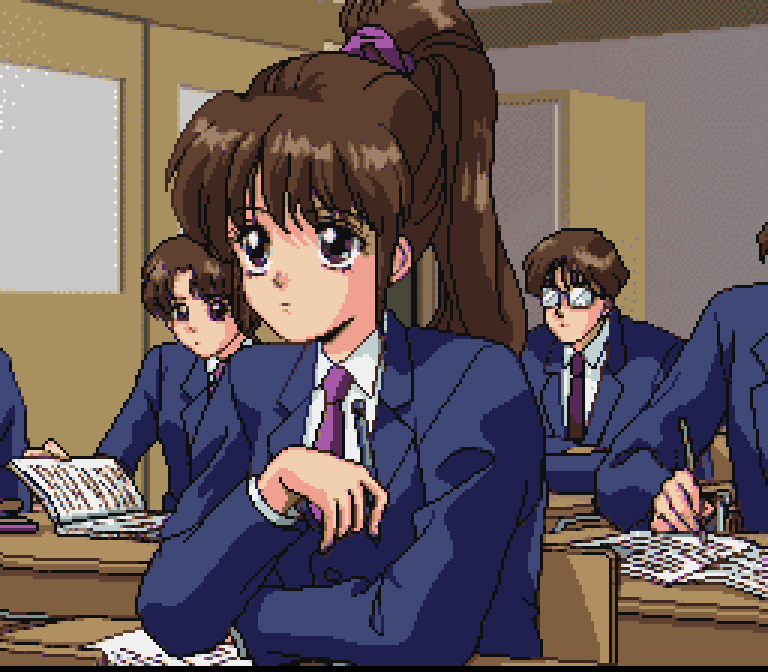As the successor to the console that effectively saved the gaming industry, the Super Nintendo Entertainment System had massive shoes to fill! Nintendo's dominance over the console market was challenged by Sega, consequently, the company's 16-bit platform needed to feel like a substantial leap forward from its predecessor. Towards that end, the SNES introduced a myriad of "interesting" gimmicks intended to set the device apart from the competition.
Released towards the end of 1990 in Japan and a year later in North America, the Super Famicom proved to be such a popular device, it continued to sell incredibly well even after the launch of 32-bit consoles. While Nintendo's sophomore effort does not quite rank among the best selling platforms of all time, that has more to do with the industry's limited reach during the SNES' heyday. Nevertheless, the device sold roughly 50 million units and continued to be manufactured well into the 21st century.
If placed next to the Nintendo Switch or PlayStation 4, the Super Nintendo may seem somewhat archaic; however, the older console boasted an incredible array of futuristic and innovative features. Many modern industry standards can be traced back to the Nintendo Entertainment System and its sequel, even if, at the time, most appeared to be little more than gimmicks.
Fortunately, the "Super" is not just for show! Here are 25 things only super fans know the Super Nintendo can do!
25 Handheld Gaming At Home
Be it first-party or third-party, there were approximately 100,000 accessories released for the Super Nintendo. The vast majority were specifically designed by certain studios to compliment a game or two, but Nintendo did publish a handful of peripherals. Predating the home console by around 18 months, the Game Boy has to be one of the most important pieces of gaming hardware to ever be produced.
Taking into account all the different iterations, the Game Boy shipped nearly 120 million units.
The Super Game Boy permitted the handheld console's cartridges to be played through the SNES. Due to the peripheral's ability to inject some color into the Game Boy's original games, technically, the Super Nintendo's versions were of a higher caliber.
24 Downloadable Games
Presently, Nintendo might be earnestly striving to stamp out ROM and emulation sites, but the organization was actually among the first to embrace downloadable games. As evident by the company's business practices since the dawn of mankind, Nintendo is always seeking new and exciting ways to cut expenses. Generally, these methods tend to work against customers, with games seldom receiving any substantial price reduction.
In 2030, Nintendo might consider discounting The Legend of Zelda: Breath of the Wild...
Nintendo Power Kiosk served as a rare example of the company's cheapness positively affecting the player's wallet. Once a RAM cartridge is purchased, customers could visit specific stores and copy games onto their storage device. Not every title was available, but those that were, received a reasonable price cut.
23 SNES' Dedication To Realism...
Nintendo, the family-friendliest of game developers, inadvertently birthed perhaps the most realistic gaming light-gun of all time. Designed to train soldiers undergoing Bootcamp, the Mult-Purpose Arcade Combat Simulator is only compatible with a simulator game created specifically for the peripheral.
Due to the hardware's uncommonly rigid purpose, the accessory and game are rather hard to find. Viewed solely as a source of entertainment, MACS is a bland and forgettable arcade shooter; nevertheless, the light-gun is quite impressive!
22 An Arcade Experience At Home
Back in the day, consoles sought to transfer an arcade experience to one's personal living room. As the hardware surpassed its own limitations, the industry steadily moved away from this line of thinking, but the Super Nintendo was among the final consoles to pay homage to the industry's roots.
Various companies produced joysticks designed to emulate the feel of an arcade system, with the SNES being no stranger to third-party controllers. While some accessories delivered a fantastic experience, Nintendo's Score Master acted as the platform's official joystick. Along with all the buttons demanded from such a peripheral, the Score Master supports Autofire, turbo, and slow-motion.
21 A Super Reality
The '90s was not a great time for virtual reality. Technology advanced to a point where creators could envision such a feature, but the same hardware's constraints meant that these ambitions often led to disappointment. Produced for the Super Nintendo and Sega Mega Drive, the StuntMaster was presented as a VR headset; in reality, the accessory amounted to little more than an LCD TV that eventually triggered migraines.
Now, in all fairness, the StuntMaster deserves recognition for endeavoring to push the envelope. Unfortunately, virtual reality was simply an impossible dream. Nowhere near as bad as the Virtual Boy, but that is hardly saying much!
20 Nintendo Goes Stereo
With the visuals doubling in quality, Nintendo could hardly ignore the audio. Designed and produced by Sony, the S-SMP audio subsystem supported Dolby surround sound, although only a handful of games made proper use of the feature. Generally, the SNES boasted serviceable audio across the board, but Samurai Showdown and Seiken Densetsu 3 illustrated the difference between mono and stereo. In fact, the former's audio elevated the fighter from mediocrity to brilliance!
The PlayStation 1 and Nintendo 64 established stereo as the norm, but the Super Nintendo helped pave the way. If nothing else, this feature showed Nintendo was always seeking to stay ahead of the curve.
19 Play With A Wireless Controller
Wireless controllers are a must in this day and age, but they were only a pipe dream during the early '90s. Anyone who owned a third-party wireless controller for the PlayStation knows they tended to be somewhat finicky, and the Super Nintendo's iterations were even more unreliable.
Coinciding with the release of the SNES Classic Edition, 8BitDo published an upgrade kit for the older and newer controllers. With a bit of tweaking, you can wave goodbye to tripping over wires and accidentally dislodging the device in the middle of a game! We really do live in the future. Gizmodo has a detailed guide on the steps required to go wireless.
18 The SNES Never Left Us
Nintendo stopped manufacturing the NES and SNES in 2003, but the consoles left a mark on practically every device produced across the last two decades. Own an android mobile phone? You own a Super Nintendo! Fond of the PlayStation Portable? Well, Sony's console is more than apt at handling emulation.
Ironically, the Nintendo Switch is the worst choice for Super Nintendo ROMs.
Whenever a console or device is cracked, the NES and SNES are typically prioritized by hackers. Admittedly, this is mostly due to Nintendo's earliest consoles being absurdly simple to emulate; nevertheless, such practices have prolonged the hardware's shelf life.
17 Feel Like A Real Cowboy!
Up until the sixth generation, every console needed to have a couple of light-guns. Frankly, they were inescapable! Nintendo released the Super Scope for the SNES, which was compatible with games like Yoshi's Safari and Operation Thunderbolt. Taking into account the hardware's inability to produce 3D imagery, the light-gun was far from a game changer. Nevertheless, that did not discourage Konami from inaugurating its own version.
Awesomely marketed as The Justifier, Konami's peripheral was only compatible with the 1992 Lethal Enforcers on the Super Nintendo, with the accessory created specifically for the franchise. Overshadowed by the controversy surrounding its associated game, eventually, the Justifier sailed into the sunset.
16 Games Packaged With Extra Juice
Determined to avoid implementing a costly CPU, the Super Nintendo preferred to force its cartridges to shoulder some of the responsibility. Infused with a 3.58 MHz CPU, the SNES' base model paled in comparison to the Sega Mega Drive's 7.61 MHz, but Nintendo designed to console to be compatible with special enhancement chips located inside a cartridge.
Permitting the creation of 3D game worlds, the Super FX was probably the most famous of the bunch, but there were many other names in the game. This method allowed the Super Nintendo to ship at an attractive price while remaining competitive with its contemporaries.
15 The Master Race
Decades prior to Microsoft announcing mouse and keyboard support for the Xbox One, Nintendo beat them to the punch with the Super NES Mouse! Released during 1992 in multiple regions, the adorable little peripheral shipped with a copy of Mario Paint, a brilliant product that bestowed customers with the power to produce their own Nintendo related stamps.
Mario Paint is an industry treasure and, rightfully, overshadowed its accompanying accessory. Even though it is merely a footnote in the game's legacy, the Super NES Mouse serves as another example of Nintendo's boundless drive to innovate and inspire! Eventually, other titles made use of the mouse's features.
14 Nintendo (Almost) Goes Digital
A significant number of Super Nintendo's accessories failed to make it over to Western audiences. Along with games deemed unworthy of localization, a roadblock that continues to haunt gamers until this very day, certain devices are either too niche or costly to justify a wider release.
Satellaview; Nintendo's premium subscription service!
Born out of a partnership between St. GIGA and Nintendo, the Satellaview decoded broadcast signals to provide access to magazines, data, and the occasional game. Anyone interested needed to purchase the expensive hardware and subscribe to a monthly service. Satellaview was a neat idea, but it was a lot of effort for a relatively small payoff.
13 Backward Compatibility
At best, Nintendo seems indifferent to the notion of backward compatibility. Permitting the player is willing to jump through a small number of hoops, the Wii U should be able to run its vastly more popular predecessor's library. NDS titles work on the 2DS and 3DS, but the manufacturer's home consoles seldom indulge in the feature. Taking into account Nintendo's reluctance to upload 99% of the NES or SNES' catalogs, it should come as no surprise that the latter was not compatible with the former.
Actually, that is not really true. While not an official product licensed by Nintendo, Tri-star produced an accessory that introduced backward compatibility to the Super Nintendo! The Super 8 had more than its fair share of problems, but the option was appreciated.
12 Multiplayer Network
Serving as a precursor to Microsoft and Sony's live networks, the XBAND was an early pioneer of online gaming. Compatible with the Super NES and Genesis, subscribers could partake in online matchmaking, although it cost extra to face anyone outside your local zone.
Unlike its modern counterparts, players had to physically purchase an XBAND modem, and accessing the service entailed paying a monthly fee. Apparently, some things change but others stay the same. In 1995, XBAND sponsored the first ever modem to modem tournament, with the winner earning a unique icon and a wad of cash.
11 Play In High Resolution! (Sort Of...)
The Super Nintendo had a native resolution of 256x224. Comparatively, the Mega Drive provided a clearer picture, although the discrepancy was nothing too substantial. Nevertheless, Sega won this round.
Or, that is what Nintendo wanted Sega to believe!
Pretending to be the underdog before raising up and overtaking its competition, the SNES boasted a hi-res mode that doubled the hardware's native resolution! Nowadays, 512x448 sounds like a headache waiting to happen, but this jump in quality would have transformed 16-bit gaming. Sadly, only a minute number of games adopted this feature, and it was primarily limited to menus and text screens.
10 Cheat Like A Pro!
Datel's Action Replay and Codemaster's Game Genie were integral parts of the industry's initial decades. Following the launch of the Nintendo Entertainment System, players pleaded to the gaming gods for assistance in overcoming the obstacles flung in their general direction by platformers seeking to crush any signs of hope or happiness.
Lasting into the seventh generation, Datel's Action Replay has touched the lives of PlayStation, Xbox, Nintendo, and Sega gamers. Despite dropping out prior to the fifth generation and Nintendo's repeated attempts to discredit the peripheral, Game Genie was arguably the more popular of the two devices.
9 Game In 3D!
Briefly touched upon in a previous entry, the Super FX chip allowed Nintendo's second console to dip its toes into 3D water. For their time, the Sega Genesis and Super NES were exceptional pieces of hardware, but neither device could handle 3D. They were simply not designed for it.
During the early '90s, 3D was limited to high powered computers. Forever striving to remain a couple steps ahead of the competition, Nintendo predicted the addition of an extra dimension and took precautions to ensure the SNES was not left behind. Debuting with Star Fox, the Super FX boosted the special effects and served as a stopgap solution between the SNES and Nintendo 64 eras.
8 Bring Back The Color
Nintendo seems happy to pretend the Wii U never existed, but the company treated the Super NES with a touch more respect. In 1997, the 16-bit platform was a product of a bygone era, with the PlayStation and Nintendo 64 introducing gamers to the joy of proper 3D gaming.
Yet, Nintendo refused to allow the SNES to fade away!
Known as the New-Style Super NES, Nintendo released a mini-me version of the console, with the hardware marketed as an entry-level system. Priced at $99.99, certain features were excluded to yield the lower fee. Unlike its predecessor, the New-Style Super NES did not support S-Video or RGB, an omission that diminished the visual fidelity of many titles. With some modding, owners could re-activate these features.
7 Explore A Lost Dimension
Jim Power: The Lost Dimension in 3-D is a notoriously difficult platformer developed by Loriciel and released for the Super Nintendo. Are you up for a frustrating challenge? Luckily, there is no need to rummage through the attic for a dusty SNES. In 2015, a PC port hit Steam's store and the game has not lost a step!
The "3-D" part in the title is blatant false advertisement, as the platformer contains exactly zero 3D sections. However, the developer introduced special 3D glasses and layered backgrounds to create the illusion of 3D. If faced with an insurmountable wall, find another route across!
6 The SNES Could Speak!
Voicer-kun serves as a testament to humanity's unwillingness to accept our own shortcomings. If it was not for human ingenuity and stubbornness, many of the Super Nintendo's coolest accessories would have never seen the light of day. Inaugurated in 1994, Emit was a reasonably popular visual novel, one that spawned two sequels. Primarily an educational series, Emit was a useful tool for teaching English.
As a language game that cannot utter a single word would be pointless, Koei published Voicer-kun to fix this shortcoming. Utilizing infra-red signals to match the campaign with the data in an external CD player, Voicer-kun brought to life Emit's dialogue and voices.

